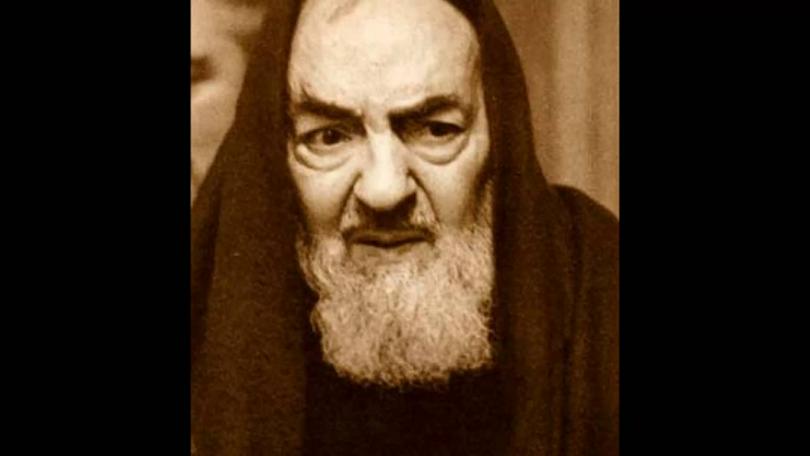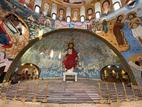On Saturday, Pope Francis visited the town of Pietrelcina, southern Italy and prayed before the body of Saint Padre Pio, a Capuchin monk who was said to have wrestled with the Devil.
This is the first time the pope visited the town, known for being one of the main stops of pilgrims when visiting Italy to visit where the saints are buried.
Padre Pio died in 1968 after spending most of his years in Pietrelcina and had been said to have the 'stigmata' or the bleeding wounds of Jesus on his hands and feet. In order to prevent infections and cover the wounds, the monk would wear brown half-gloves.
It is also said that Padre Pio would always know what people were about to confess to him. He also spoke about future events such as the time when then-bishop Karol Wojytla of Poland (Saint Pope John Paul II) visited him in the 1960s and the monk said he would become pope. In 1978, this statement became true and in 2002, Pope John Paull II declared Pio a saint.
Aside from these events, Padre Pio's biographers say the monk regularly wrestled with the Devil in his cell in a small monastery. Some of the monks who lived with Padre Pio said the last match between Padre Pio and the devil occured in 1964 when they heard him calling from his cell at night. They found Padre Pio on the floor with his forehead split open and he said to them "The Devil tried to scratch out my eyes."
The next day, a possessed person came into town and have spoken the words "I went to visit somebody. I took revenge", implying the visit.
In his sermon before the people outside St. Pio of Pietrelcina shrine on Saturday, Pope Francis made reference to these meetings and said "His soul was greatly tormented. He felt assailed by the Devil."
He also reflected upon the three words that both summarized the day's readings and the life of Padre Pio: prayer, wisdom and smallness.
Smallness, the pope said, puts to mind those who are humble, poor, and needy like the patients cared for at the Casa Sollievo della Sofferenza, the hospital Padre Pio established, and those who are unwanted and discarded.
"We children would say, 'How cruel,'" the Pope said. But, "brothers and sisters, we do the same. With more cruelty and more knowledge. Whatever isn't useful, whatever doesn't produce, is thrown away. This is the throwaway culture. The little ones are not wanted today."
"Those who take care of children are on the side of God and defeat the throwaway culture, which, on the contrary, prefers the powerful and considers the poor useless," he said. "Those who prefer the little ones proclaim a prophecy of life against the prophets of death of every age."
Only with wisdom, motivated by love and charity for others, can true strength be found, he said. Christians should not just admire saints like Padre Pio but they should be emulated, especially on how they fight evil wisely "with humility, with obedience, with the cross, offering pain for love."
Prayer, the Pope remarks, is "a gesture of love" that is often stifled by excuses and leads to Christians forgetting that without God "we can do nothing."
"We must ask ourselves: do our prayers resemble that of Jesus or are they reduced to occasional emergency calls? Or do we use them as tranquilisers to be taken in regular doses to relieve stress?" the pope asked.
Padre Pio recognised throughout his life that prayer "heals the sick, sanctifies work, elevates healthcare and gives moral strength," he said.
The Pope also remarked that Christians around the world should emulate Padre Pio's strength and do not fall into despair. He said everyone should take refuge in prayer and put their trust in Christ.
Today, Pietrelcina is visited by thousands of Padre Pio's prayer groups around the world to see where the monk lived and his tomb. The saint monk's body was exhumed in 2008 and was partially reconstructed to have a life-like silicone mask. It is preserved in a temperature-controlled glass coffin that pilgrims can see. Some of them would even toss money and notes to the saint over the iron-fence that surrounds the tomb.








